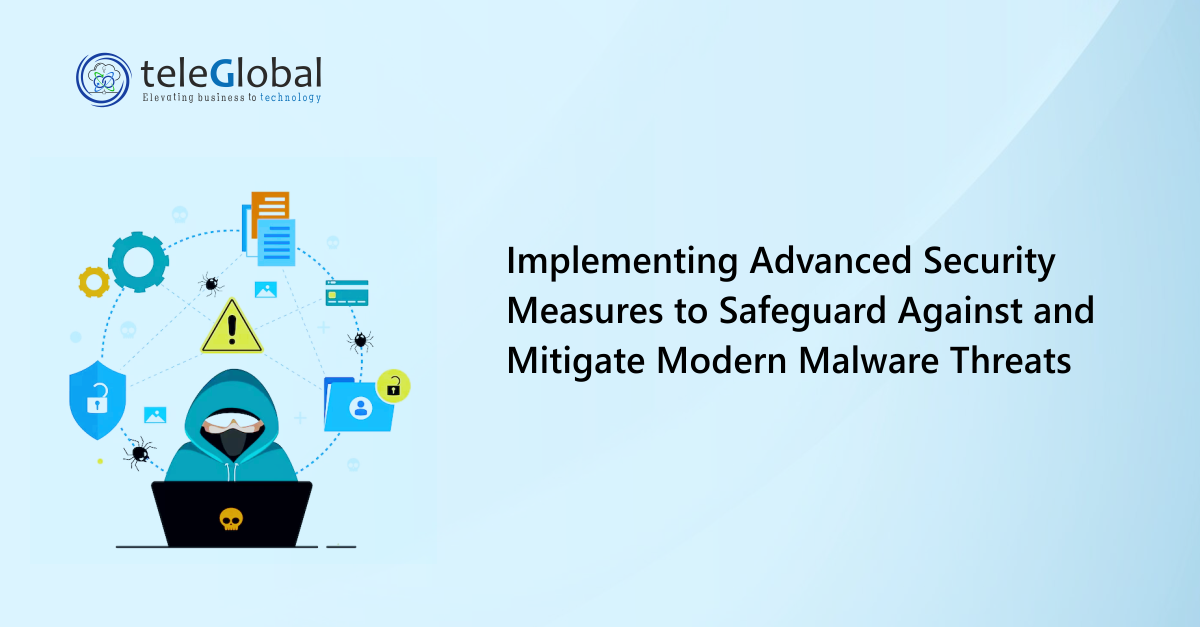
1. Introduction:
In this case study, we’ll explore a real-world scenario where we successfully mitigated a malware attack through the combined efforts of Security Information and Event Management (SIEM), Security Analytics and Orchestration (SAOR), and Endpoint Detection and Response (EDR) technologies.
2. Background:
One of the leading financial institutions faced a growing number of cyber threats due to the nature of its operations. To enhance its cybersecurity posture, the company has implemented a robust security infrastructure, including SIEM, SAOR, and EDR solutions.
3. Initial Indicators of Compromise:
The incident began when the SIEM system detected unusual patterns in network traffic and system logs. These anomalies raised red flags, signaling a potential security breach. Further analysis revealed several indicators of compromise (IoCs), including suspicious IP addresses, unusual file access patterns, and unauthorized login attempts.
4. SIEM Action:
The SIEM system, equipped with advanced correlation and detection rules, automatically alerted the security team about the anomalies. The team initiated an immediate investigation, leveraging the SIEM console to trace the source of the suspicious activities.
5. SAOR Integration:
To expedite the investigation process, the security team integrated Security Analytics and Orchestration (SAOR) tools with the SIEM system. This integration allowed for automated analysis of the IoCs and facilitated the orchestration of response actions.
SAOR played a crucial role in enriching the context of the IoCs by cross-referencing them with threat intelligence feeds. This allowed the team to understand the nature of the malware, its potential capabilities, and the tactics, techniques, and procedures (TTPs) employed by the attackers.
6. EDR Engagement:
Simultaneously, the Endpoint Detection and Response (EDR) solution played a key role in analyzing the behavior of endpoints within the network. It identified abnormal processes, unauthorized file changes, and other signs of compromise on individual devices.
Upon detecting a compromised endpoint, the EDR system isolated the affected device from the network to prevent lateral movement and initiated a real-time analysis of the suspicious activities.
7. Threat Containment:
With insights gained from SIEM and SAOR, combined with EDR’s endpoint-specific data, the security team swiftly devised a containment strategy. Automated responses were orchestrated through the SAOR platform to block malicious IP addresses, quarantine compromised devices, and update firewall rules.
8. Investigation and Remediation:
The incident response team, armed with actionable intelligence from SIEM, SAOR, and EDR, conducted a thorough investigation into the root cause of the attack. They identified the initial entry point, the malware strain used, and the vulnerabilities exploited.
Based on these findings, the team implemented remediation measures, including patching vulnerabilities, updating security policies, and enhancing employee training to prevent similar incidents in the future.
9. Post-Incident Analysis:
Following the successful mitigation of the malware attack, a post-incident analysis was conducted to assess the overall effectiveness of the security infrastructure. Lessons learned were documented, and continuous improvements were made to refine detection and response capabilities.
10. Conclusion:
This case study highlights the synergy between SIEM, SAOR, and EDR in mitigating a sophisticated malware attack. The proactive detection, automated analysis, and swift response capabilities of these integrated security solutions played a crucial role in minimizing the impact of the incident on financial institution’s operations and ensuring the integrity of its sensitive data.
 close
close

Hi there! At TeleGlobal, we turn your cloud vision into AI-accelerated reality. What challenge can we help you solve?
Powered by ![]() teleBot
teleBot